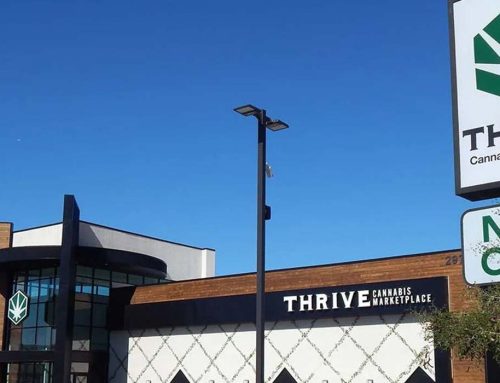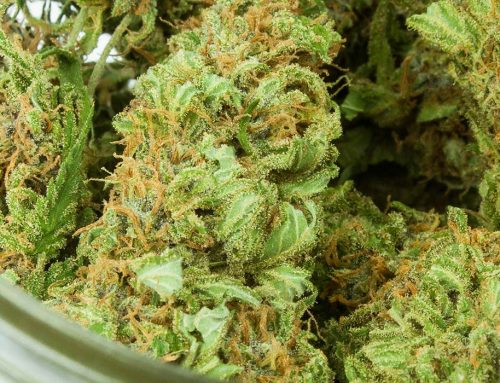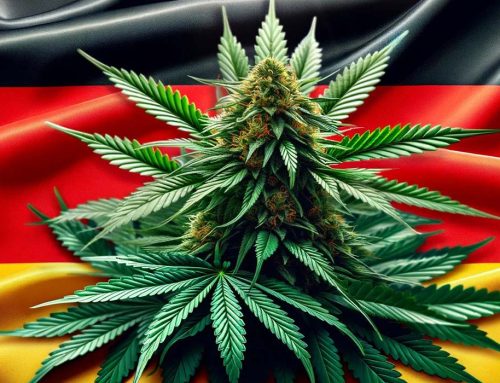Adult-use marijuana legalization is not associated with a higher rate of cannabis-related youth admissions to drug treatment centers, according to the findings of a new study.
In fact, contrary to the prohibitionist claims that legalization leads to spikes in marijuana-use disorders, researchers from Temple University report a decrease in youth admissions for problematic cannabis use in states which have legalized adult-use cannabis.
The study, published in the journal Drug and Alcohol Dependence, collected and analyzed annual data concerning youth admissions for drug treatments from 2008 to 2017. The researchers discovered a decline in Colorado and Washington after they introduced adult-use marijuana laws.
“Over all states in the analysis, the rate of adolescent treatment admissions for marijuana use declined significantly over the study period, with the mean rate falling nearly in half. The decline in admissions rate was greater in Colorado and Washington compared to non-RML (recreational marijuana law) states,” the study reads.
While the steep overall decline across the study period is notable, co-author Jeremy Mannis notes that the “difference between them [Colorado and Washington] and other states was not statistically significant.”
In short, marijuana legalization appears to have little impact on adolescent admission rates for drug treatments.
But is it that there are fewer cases of marijuana use disorders or are less young people looking, or being referred, for treatment?
“We’re not sure whether cannabis use disorder is declining or just treatment admissions are declining,” Mennis said.
While Mennis claims marijuana consumption rates among US youth has held more or less steady over the last 10 years, treatment admissions have steadily declined since 2011. Mennis speculates there may have been a shift in attitude among the general public in the US to the extent that cannabis is not considered as dangerous anymore. As a result, young people and their parents, guardians, or educators, are less likely to seek treatment for harmful marijuana use.
“The perception that using marijuana is harmful has declined across the U.S. among youth and adults,” Mennis said, “and this may affect how people view whether their marijuana use is problematic or requires treatment.”
However, this wouldn’t neatly explain those youth admissions for drug treatment resulting from a criminal justice referral, which accounts for nearly half of all historic cases. Further, several studies and surveys, including federally-funded research, have found an overall decline in teen marijuana use in recent years in both legal and illegal states. This would explain, in part, a decrease in adolescent admissions for drug treatments.
The biggest concern, according to the study’s authors, is that cannabis use disorder rates are much the same, or have even increased, but that young people suffering with this are not receiving support.
“If [cannabis use disorder] remained stable following [recreational marijuana legalization], or increased, as recent research indicates, the dramatic decline in adolescent treatment admissions we observe in states enacting [recreational marijuana legalization] would suggest an increase in unmet need for treatment, i.e. it may be the case that admissions rates are falling because an increasing proportion of adolescents with CUD are not entering treatment,” the study states.
Research on the prevalence of cannabis use disorder rates in the era of cannabis legalization is so far inconclusive, but a recent study, also published in Drug and Alcohol Dependence, found that cannabis use disorder has steadily declined among marijuana users since 2002.






